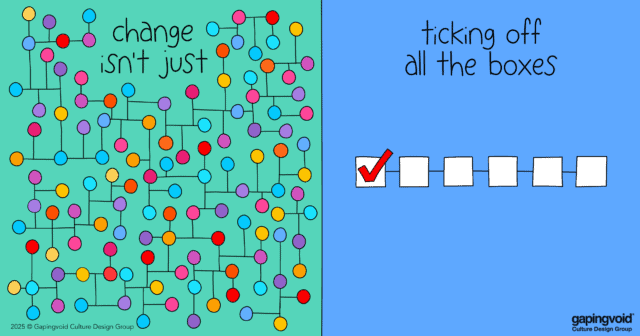
The imperative to build Artificial Intelligence (AI) is clear. But how does a business win using AI? Now that we know more about what’s possible we can settle on a vocabulary that defines the output of AI in terms of business strategy.
Competitive strategy in the AI-First Century centers on Data Learning Effects (DLEs): a new type of competitive advantage, and one that compounds more quickly than any other we know. DLEs start when new data make existing data more valuable. DLEs require getting data, capably processing it into information, and building AI. Previously, machines merely calculated things and stored the output in a database. Machines can now take that output, run more calculations to turn it into information, and learn over new information to generate predictions. This learning compounds fast – generating even more predictions at an increasing rate – with the addition of new data. People know that AI-First companies like Google are worth a trillion dollars and are formidable competition, but they don’t know why or how they got to be so dominant, so fast.
We’ve fallen short in defining this new type of competitive advantage because DLEs are a somewhat counter-intuitive combination of three different categories of competitive advantage: learning effects, scale effects, and network effects. Here’s how each differs from DLEs:
- Learning effects were for the knowledge economy: the era that started after the industrial revolution, when we moved from manufacturing to services. Consulting firms benefit from learning effects. DLEs are for today’s economy. This is the era in which we’ve made several leaps: distributing information digitally instead of verbally; sharing information automatically rather than manually; learning across minds instead of learning merely manually; learning on hardware (computers) as opposed to “wetware” (brains) and learning not just on one node but to learning across nodes in a network. AI-First consulting firms automatically generate new insights from clients’ data.
- Scale effects were for the pastoral and industrial era when investment in key inputs could be leveraged into generating a large number of outputs. Manufacturing firms benefit from scale effects. There are scale effects with data; having a big bucket of data can be a competitive advantage. However, more data only makes a product useful up to a point, after which it has less utility because it’s effectively the same data. That’s why DLEs aren’t just scale effects. AI-First manufacturing firms automatically optimize production to get more from less.
- Network effects were for the software era when lots of people and businesses could cheaply connect. Online marketplaces benefit from network effects. The difference between a network effect and a data network effect is what’s added to the network. With a network effect, something becomes more useful through the addition of communicative nodes to the network, whereas with a data network effect, something’s usefulness is enhanced by the addition of data to the network. DLEs can automatically grow because AI can create its own data. AI-First marketplaces automatically optimize pricing and sell more, attracting more buyers, and so on.
DLEs are not the same as learning effects, scale effects, or network effects; they’re more powerful, and they’ve helped companies like Google, Amazon, and Facebook leapfrog the competition.




